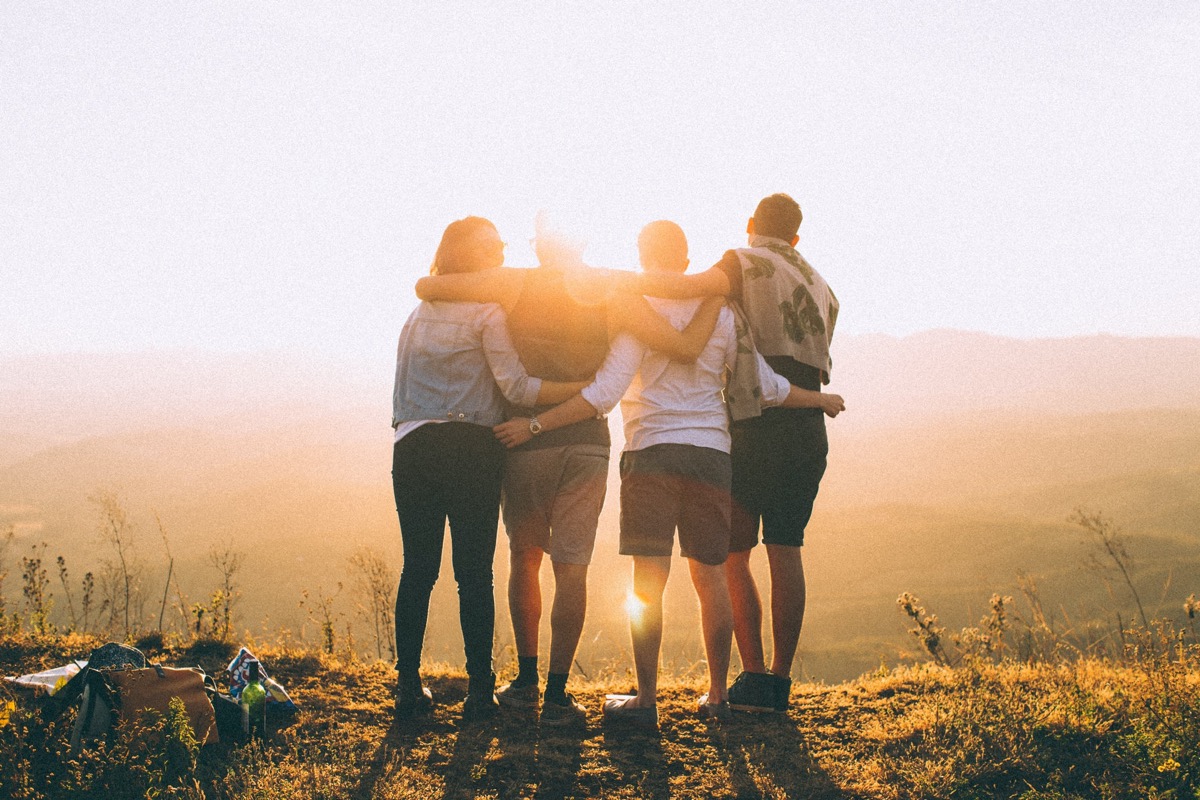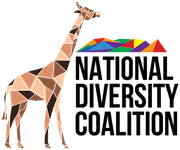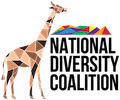15 and Biracial in SoCal
By Michaela Okuyama, BOB GNAIZDA YOUTH LEADERS PROGRAM

The earliest memory I have is of my first birthday. I see the little toys on my high seat, the laughs of my tía and tío with my parents, the bright flashes of cameras. It’s quick, but it's enough. It’s enough to feel the love that my small family had for me, from the start. It was this love that kept me tied to their ways, their native tongues, their culture, my culture now too: the lomo saltado or onishime that my mom perfected after reading dozens of recipes, or the Spanish books they read to me at bedtime. I was nurtured seamlessly in the ways of two cultures: my mother’s Argentine roots and my father’s Japanese heritage. It was only as I grew older that I confronted the struggle of how to ground my identity in both.
I think perhaps the first time I ever felt different, alien, was when I met a girl in the 3rd grade who had asked me why I didn’t look like my Argentine mother. I had never thought it strange that her caramel brown hair was so starkly different from my almost black, or the gentle slope of my brown eyes against her beautifully eurocentric hazel eyes. She was my mom wasn’t she? What difference was it that she didn’t happen to look like me? Big, as I came to realize.
My father, Japanese by birth but born and raised in Peru, emphasized the celebration of my culture greatly as it was what kept us together.
SoCal’s welcoming Japanese-American community meant that my younger sister Lauren and I grew up identifying more with our Japanese roots.
The question that inevitably faces most mixed kids in America is:
“What am I more of? Who am I?”
What I’ve learned in my short 15 years of life is that this question was going to be a question I’d grapple with for a very long time. I hoped that the answer would just one day arrive, that a single truth would just swoop in. But I’ve grown to realize that the only person who can tell me who I am and who I can choose to be is myself.
As I grew older it seemed easiest to lean into the Japanese side of my identity. My basketball friends were all from my Japanese community center and, over time, they became the closest thing I had to family besides my otherwise isolated family with no relatives in America to lean on. They too accepted me and my family despite our lack of connections to other Japanese American families and our biracial ties. They found it so interesting and advantageous that I had so many cultures represented within me, and I happened to be bilingual as well. All of a sudden, I didn’t feel so bitter about being so different from my classmates. If anything, I began to embrace my “Asianness.” But I returned again to that incessant question:
“What am I more of?”
Every time I called myself “Japanese-Argentine American” I had to wonder why didn’t I call myself “Argentine-Japanese American” instead? The truth was that I had nurtured my Japanese background far more than I did my Argentine. Weekend trips to Little Tokyo, playing almost 10 years of
Japanese basketball, celebrating summer festivals like Obon and Matsuri, growing up alongside other Japanese kids and accepting them as family. Even when I began to become more confident in my appearance as a more Asian-looking mixed kid, there was a very clear point in my life when I disregarded being mixed at all. School projects of my choice were always done on some Japanese historical event or art piece. At school potlucks I brought foods like mochi and onigiri.
At this turning point in my life I realized I no longer wanted to fit in with my white classmates. I wanted to fit in with my Japanese friends. I did everything I could to be “more Japanese.” I took up Japanese on Duolingo, I sat with my dad after dinner to view NHK news, I watched anime, and I always asked my mom to make me Japanese food for school. Yet all this effort that I poured into a desire for belonging and acceptance was futile, because I wasn’t facing my full identity. Then, amidst all of this internal struggle, 2020’s pandemic-induced quarantine became my unexpected blessing. I seized the moment as my chance to reset and to fill empty journals with new thoughts of self-realization.
Temporarily separated from all of my communities, I had to face my true self.
Stuck at home, my family found togetherness in cooking. The aromas of my mom’s Argentine parrillada and herbal soups wafted alongside
Japanese udon and curry. And the best part of the cooking? The connection we felt so deeply rooted to each other as we made our food together. When was the last time I felt this way? From before our lives had gotten too busy to make these dishes? We laughed and danced and played obscure songs in Spanish from the 80s that only my parents would remember from their teenage years. This patchwork of mixed traditions reminded me who I was. And who was I to ignore these little bits and pieces of my identity? Who was I to pretend I wasn’t proud of all this? With a new sense of pride I reexamine the photos on my wall. I see the one taken on my first birthday. To tell my ever-growing story I draw on the easy sense of belonging of that little girl with her gummy smile. I find myself reflected in the bonsai tree that sits atop the microwave. In the worn wooden ohashi that are faded with use. In our old CD player that exclusively plays throwback Spanish hits. In the cookbooks passed down from my grandparents. In the wrinkles of my abuela’s face.
It’s a gift to be biracial, to be born embedded into different cultures. To be given the gift of empathy and communication between disparate parts of oneself, different communities. This gift is one to be nurtured and treasured and shared with others. It’s taken me time to see that I am a bridge,
I am a translator, I am the culmination of all my ancestors from hundreds of years past.

